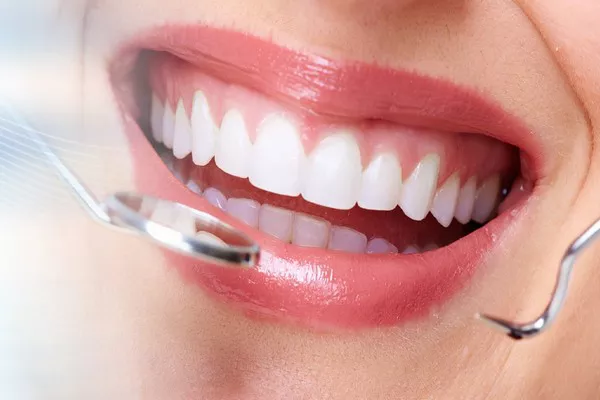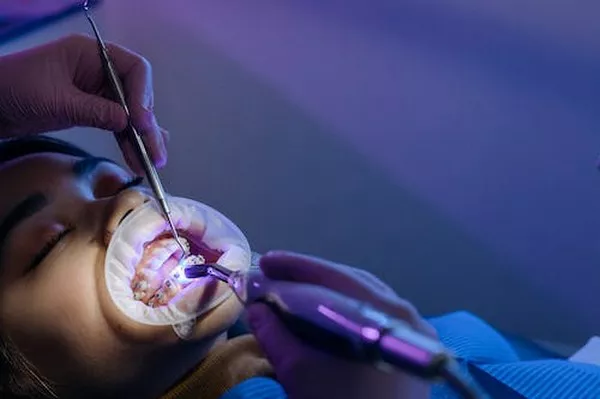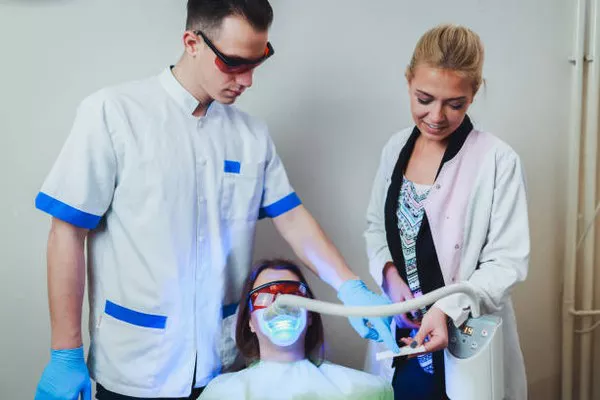Definition and Symptoms of Gingivitis
Gingivitis, the inflammation of the gums, is a common dental condition that affects people of all ages. Mild gingivitis, the earliest stage of gum disease, is characterized by symptoms such as redness, swelling, and bleeding of the gums, especially during brushing or flossing. While these symptoms may seem minor, they should not be ignored, as they can indicate the presence of underlying oral health issues.
Causes of Gingivitis
Several factors contribute to the development of gingivitis, with poor oral hygiene being the primary cause. When plaque, a sticky film containing bacteria, accumulates along the gumline, it can irritate the gums and lead to inflammation. Other factors that can contribute to gingivitis include hormonal changes, certain medications, smoking, and conditions such as diabetes and immune system disorders.
Preventive Measures
Preventing gingivitis starts with maintaining good oral hygiene habits and visiting your dentist regularly for check-ups and cleanings. Here are some preventive measures to help keep your gums healthy:
At-Home Care Tips
Effective Brushing Technique: The American Dental Association recommends using a soft-bristled toothbrush and fluoride toothpaste to brush your teeth twice a day. Hold the brush at a 45-degree angle to the gums and use gentle, circular motions to clean all surfaces of the teeth and gums.
Flossing: Flossing is essential for removing food particles and plaque from between the teeth, where toothbrush bristles can’t reach. Use about 18 inches of floss and gently guide it between each tooth, making sure to curve it around the base of each tooth to clean beneath the gumline.
Mouth Rinses: Saltwater rinses and antimicrobial mouthwashes like chlorhexidine can help reduce bacteria and inflammation in the gums. Rinse with a saltwater solution or mouthwash after brushing and flossing to further cleanse the mouth and promote gum health.
Professional Dental Care
Regular dental check-ups and cleanings are crucial for maintaining healthy gums and preventing gingivitis. Your dentist can remove plaque and tartar buildup that you may have missed with at-home care, reducing your risk of developing gum disease. Professional cleanings also allow your dentist to monitor your oral health and identify any signs of gingivitis or other dental problems early on.
Lifestyle Adjustments
Certain lifestyle factors can increase your risk of developing gingivitis. Quitting smoking, reducing your consumption of sugary and acidic foods and beverages, and managing stress can all help improve gum health and prevent gum disease. Additionally, maintaining a balanced diet rich in fruits, vegetables, and whole grains can provide essential nutrients that support gum health.
When to See a Dentist
If you experience persistent symptoms of gingivitis, such as redness, swelling, or bleeding of the gums, it’s essential to see your dentist for evaluation and treatment. Additionally, if you notice any changes in the appearance or texture of your gums, such as recession or pus, or if you have persistent bad breath or loose teeth, you should seek prompt dental care. These may be signs of more advanced gum disease that requires professional treatment.
Possible Complications
If left untreated, gingivitis can progress to more severe forms of gum disease, such as periodontitis. Periodontitis involves the destruction of the gums, bone, and other structures that support the teeth, leading to tooth loss and other complications. Additionally, research suggests that gum disease may be linked to other health problems, including heart disease, diabetes, and respiratory infections, highlighting the importance of maintaining good oral hygiene and seeking prompt dental care for gum disease.
Conclusion
Mild gingivitis is a common condition that can be effectively treated and prevented with proper oral hygiene habits, regular dental care, and healthy lifestyle choices. By taking steps to address gingivitis early on and seeking professional dental treatment when needed, you can maintain healthy gums and prevent more serious complications in the future.
FAQs about Gingivitis
1. Is mild gingivitis normal?
Mild gingivitis, characterized by inflammation of the gums, is relatively common among people of all ages. It is often caused by poor oral hygiene practices, such as inadequate brushing and flossing, which allow plaque to accumulate along the gumline. While mild gingivitis is common, it should not be ignored, as it can progress to more severe forms of gum disease if left untreated.
2. What does stage 1 gingivitis look like?
Stage 1 gingivitis is typically characterized by red, swollen, and tender gums. You may also notice bleeding when brushing or flossing. At this stage, the inflammation is localized to the gumline and may not yet involve the supporting structures of the teeth. If you suspect you have stage 1 gingivitis, it’s essential to take action promptly to prevent it from progressing to more advanced stages of gum disease.
3. How to fix gingivitis fast?
While there is no instant fix for gingivitis, there are several steps you can take to address the condition promptly:
Improve oral hygiene: Brush your teeth at least twice a day with fluoride toothpaste and floss daily to remove plaque buildup.
Use an antiseptic mouthwash: Rinse with an antimicrobial mouthwash to help reduce bacteria in the mouth.
Visit your dentist: Schedule regular dental check-ups and cleanings to remove plaque and tartar buildup that you may have missed with regular brushing and flossing.
Consider lifestyle factors: Avoid tobacco use, eat a balanced diet, and manage stress, as these factors can impact gum health.
By following these steps consistently, you can often see improvement in gingivitis symptoms within a few weeks.
4. How is early gingivitis treated?
Early gingivitis is typically treated with a combination of professional dental care and improved oral hygiene practices at home. Your dentist may recommend the following treatments:
Professional cleaning: Your dentist or dental hygienist will remove plaque and tartar buildup from your teeth and gums through a process called scaling and root planing.
Education: Your dentist will provide guidance on proper brushing and flossing techniques to help you effectively remove plaque at home.
Antimicrobial therapy: In some cases, your dentist may prescribe an antimicrobial mouthwash or topical gel to help reduce bacteria and inflammation in the gums.
Follow-up care: Regular dental check-ups are essential to monitor your gum health and ensure that gingivitis does not progress to more severe forms of gum disease.
You Might Be Interested In



























